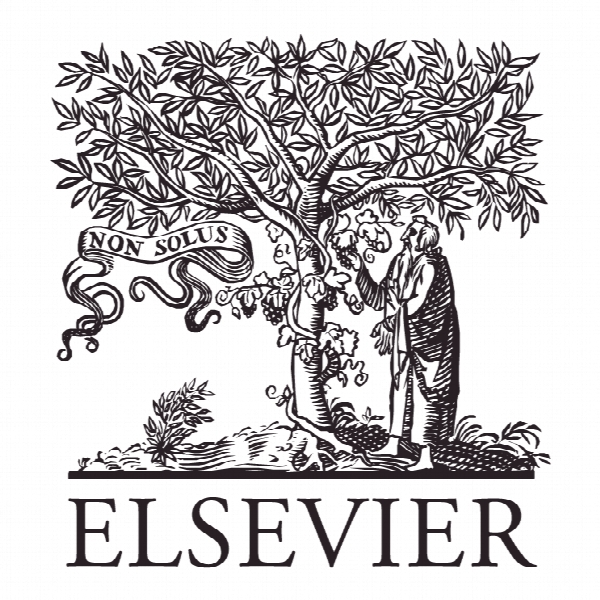مقابله با عدم اطمینان و ابهام از طریق همکاری تیم در پروژه های زیربنایی Coping with uncertainty and ambiguity through team collaboration in infrastructure projects
- نوع فایل : کتاب
- زبان : انگلیسی
- ناشر : Elsevier
- چاپ و سال / کشور: 2017
توضیحات
رشته های مرتبط مدیریت
گرایش های مرتبط مدیریت پروژه
مجله بین المللی مدیریت پروژه – International Journal of Project Management
دانشگاه استرالیا
نشریه نشریه الزویر
گرایش های مرتبط مدیریت پروژه
مجله بین المللی مدیریت پروژه – International Journal of Project Management
دانشگاه استرالیا
نشریه نشریه الزویر
Description
1. Introduction Much of the focus of research into project procurement and delivery is centred on managing risk; in addition, there is a growing interest in uncertainty management, where the focus of this paper lies. Often the words risk and uncertainty are used together and interchangeably linked into a common concept with risk inferring something negative and uncertainty being concerned with an identified unknown event which could be treated as either negative or positive (Ward and Chapman, 2003). The role of ambiguity is often ignored or forgotten in broader thinking about dealing with risk and uncertainty where the existence of multiple and conflicting interpretations is linked to confusion or a lack of understanding The concepts of risk, uncertainty and ambiguity are connected and together they require extensive consideration when faced with unexpected events that disturb successful project delivery (Cicmil et al., 2009). The aspect of ambiguity within dealing with unexpected events is particularly interesting and presents opportunities, offering insights to improve project management practice. This is particularly so when delivering complex projects where unexpected events are the norm (Floricel et al., 2011). The role of collaboration, for example between the project owner representative, design and project delivery teams in complex infrastructure projects, has raised ambiguity as a noteworthy source of potential risk and uncertainty (Hagen and Park, 2013). This is because ambiguity is in part a state in which we mistakenly think we know something when our assumptions, as the receiver of a communication message (spoken, written or graphical), are at odds with the intended communicator of the message. This misunderstanding can lead to unintended consequences. For example rework caused by misunderstanding requirements as specified or inferred in briefing documents or working drawings that lead to significant cost and time escalation (Dalcher, 2012; Love et al., 2000). Collaborative project procurement and delivery approaches draw all parties closer together into an information and knowledge sharing framework that helps convert many aspects of uncertainty and ambiguity into identifiable, understandable and measureable risks. Naturally all uncertainty and ambiguity cannot be eliminated. However, collaboration intensity, with its associated information and knowledge sharing, varies with project procurement form (Davis, 2008). Additionally, it was observed in Australia that experience with project and program alliancing has resulted in a shift in workplace culture. For example, as part of a study entailing thirteen in-depth interviews with alliance managers Walker and Lloyd-Walker (2011) reported that alliancing principles were positively affecting non-alliance projects and influenced the way that projects were led and managed by those with experience of alliancing. This increased trend of adopting collaborative project delivery principles is tangible in engineering and construction sectors (Ke et al., 2015) It is suggested that risk, uncertainty and ambiguity are endemic within complex projects. They can be managed more effectively through intimate and open collaboration between the project owner, the design and the project delivery teams than that which would occur in circumstances where they work as separate but coordinated teams that follow linear processes of brief development, design then delivery. This argument forms the conceptual model identified in Fig. 1 described as the Logic of Collaboration. It is explained as follows; 1. Intimate and genuine collaboration achieved by people working as a single integrated team openly share information and knowledge leading to an environment in which a more complete shared understanding of the project context is possible; leads to, 2. a single integrated project team’s complete shared understanding of the project’s situation and context leads to an improved ability to cope with uncertainty and ambiguity; 3. this facilitates the application of shared understanding to decision making and thus leads through jointly coordinated action to substantially enhance the effective management of uncertainty and ambiguity.


